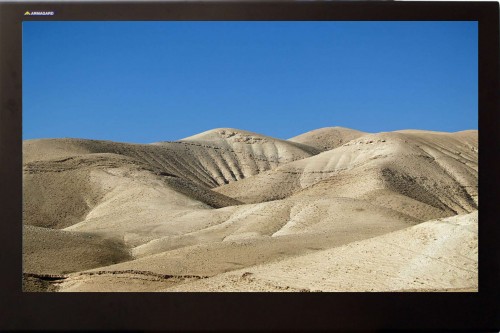A decade ago when digital signage first emerged, it was only large public spaces such as shopping malls and airports where these screens were prominent. Over the last few years, however, digital signage has filtered into nearly all areas of our towns and cities. From filling up with gas to waiting in line at the pharmacy, a screen is probably selling, providing information or offering branding information to you. And one area where the use of digital signage has increased dramatically has been outdoors.
Outdoor digital signage is the fastest growing sector in out of home advertising. Large outdoor advertisers are now replacing many of their static outdoor adverts with digital signage versions, while billboards along roadsides and highways are now also becoming digital.
One of the main reasons for this growth is that outdoor digital signage has the distinct advantage of larger audiences than screens in indoor environments, but it’s not just in the United States and Europe where outdoor digital signage is growing rapidly.

The Middle East is becoming one of the fastest growing markets for outdoor digital signage with places such as Dubai and Abu Dhabi installing screens in many outdoor locations.
The burgeoning middle class and an increase in tourist traffic are the main reasons why outdoor digital signage is becoming so prevalent in the Middle East, but the environment in which these screens function also provides distinct challenges to outdoor digital signage installers.
Locations such as Dubai and Abu Dhabi experience extremely high temperatures during the daytime, which requires any screen functioning outdoors to have adequate cooling systems to prevent overheating. Furthermore, during the winter while high daytime temperatures continue, at night, temperatures can plummet to close to zero.
Because of this duality in temperature extremes, outdoor digital signage screens need a comprehensive form of temperature management. Cooling systems are essential, making sure the screens don’t overheat during the day. This can take the form of cooling fans or even air conditioning, often needed as summertime temperatures can exceed 40 degrees centigrade. At night, retaining the heat generated from the screen is often enough to prevent the internal temperatures from dropping too much, usually achieved through insulation.
Another problem in some Middle Eastern locations is their close proximity to deserted areas. Wind-blown sand is common in some Middle Eastern cities, where residents often wake up to find their cars covered in a layer of fine particles. These same particles can also lead to damage to outdoor digital signage displays, getting inside the enclosures and adding to the problems of overheating by blocking filters. And making sure any outdoor digital signage enclosures in operation in such an environment can keep out dust and sand particles adds to the challenges of implementing screens in these locations









Comments are closed.